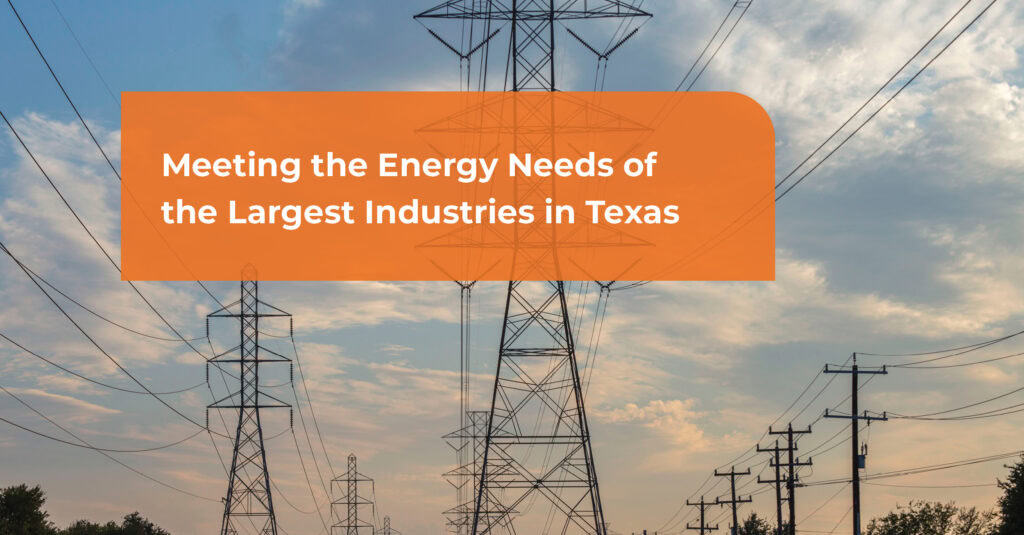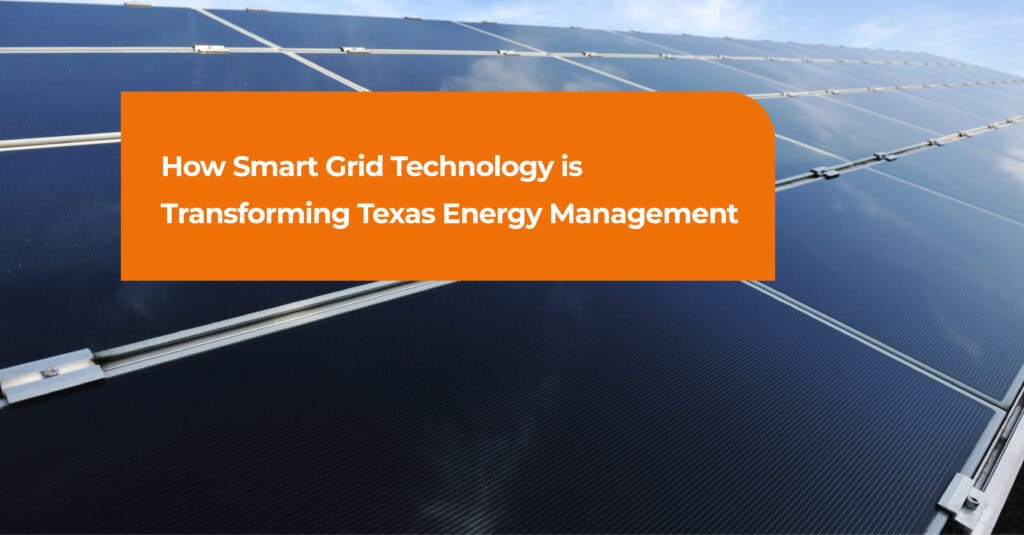
Europe’s Electricity Markets – Looking to Greece?
The EU are stuck. The consistent debate on the need for gas price interventions, as well as possible mechanisms to do so have led nowhere, with 12 countries in favour, 10 countries adamantly against, with the remaining few refraining from weighing in until details have been presented.
The EU Commission’s response to this deadlock has been to propose all other measures that can be agreed in an attempt to get to a point where gas price caps are no longer necessary. Along with the initial interventions, the Council are expected to meet on the 24th November to agree measures including Group Purchasing, Infrastructure Development and increased solidarity. Gas futures (1yr) prices have fallen to their lowest since Russia’s invasion of Ukraine, while the spot market has displayed some bizarre pricing (falling to negative) on the back of excess supply.[1] While many acknowledge this as a short-term phenomenon, it does cloud the argument for a gas price cap.
Another fallout of the ongoing impasse is the temporality of any possible price measure. It is clear gas demand, and thus prices are highest throughout the winter, and yet it is unlikely that any intervention will be agreed and implemented by the end of the calendar year. This leaves the EU in an awkward position; do they continue to argue over the gas prices in the hopes to control prices for the remainder of winter, or do they turn their attention elsewhere, and focus on alternative options that could be in place in time for next year’s ‘Gas season’[2]? The answer to this seems to be decided on one’s opinion of a gas price cap, with those countries in favour still driving the debate to act this side of Christmas, and those against looking elsewhere.
This is no more evident than in the EU Commission’s non-paper issued to Member States in which they outline alternative measures to a gas price cap, despite being requested to outline a price cap proposal. It is worth noting that the Commission have announced a “complete reform of the electricity market at the start of 2023, including in particular the decoupling of the effect of gas prices on those of electricity”. This activity, scheduled for Q1 2023, has taken over from “a review of market reform” originally planned in Q3 2023. This highlights the Commission’s intention to solve this crisis through long-term market reform, and avoid any temporary gas price cap. The Q1 reform will, they hope, allow implementation of any new measures ahead of next Winter.
In this context, it is clear that the non-paper’s proposals form part of this reform and should be seen as the foundation of long-term restructuring.
What does it propose?
I’m sorry, this may seem like a lot of build-up, but I promise it’s necessary,
In July, the Greek Government shared a radical proposal to overhaul Europe’s electricity markets by splitting them in two – creating one ‘market’ for renewables, where Contracts for Difference (CfDs) guarantee revenues over a period of years (M-RES), and another more conventional market for thermal generation to fill the gaps of variable energy sources like wind and solar (M-FLEX). This was originally seen as a drastic step, with several issues that would be necessary to work around before it could be legitimately tabled. However, the recent Commission non-paper revisits this proposal and signals its support for such a measure, given the extreme pressure it is under to solve the current crisis.
The Key Issues
The radicalness of this proposal should not be understated. This essentially means the end to system-wide marginal pricing, the central facet to our current electricity market system. Several issues, arising from the initial Greek proposal as well as the recent non-paper, can be highlighted.
The first is one of process. The reason for the initial Q3 schedule was to allow time for academics, policy advisors, industry, NRAs on behalf of consumers, and indeed the EU itself to examine possibilities and weigh up their merits and demerits. Consider the multiple objectives this reform would have to achieve; it must lower prices for consumers, lower prices for industries, reduce overall market volatility, maximise the deployment of renewables, increase Europe’s energy security, deliver energy efficiency, generate capital investment, innovate in new solutions like flexibility, significantly strengthen interconnections and the single electricity market, and deliver all of this better than the marginal pricing model does already. By accelerating this timeline, the EU risks an ill-considered solution to the problem, which could have disastrous, and lasting effects to the Union’s competitiveness, decarbonisation targets, and consumer trust.
Secondly, on the proposal itself. Several issues arise such as merit order, price signals, risk borne by Member States by locking in supports for 15 years, the impact this would have on bilaterals & PPAs, and of course, the administrative burden of CfDs on an EU wide level.
Thirdly, is the mandatory nature of this split. It is proposed that all renewables would be given a CfD, regardless of their willingness to participate in M-RES. This limits the competitive nature that has emerged between conventional and renewable generation, as well as poses several legal challenges.
So where does Demand Response stand in all this?
The good news is that Demand Response is part of the conversation. DSR and Storage have been included in the M-FLEX market, alongside conventional generators. This allows the price signal for response to remain somewhat effective. Unfortunately, without any significant details, it is hard to give insights into the effects it may have on the industry. It is likely to have some effect if PPA’s are affected, fixed portions of bills are increased, and price volatility is reduced.
Is that it? Forget about gas price caps?
If only. The 12 member states are adamantly pushing for gas price interventions and are unlikely to be satisfied by this longer-term proposal. The non-paper included several arguments against the Iberian Exception, as this is emerging as the only intervention, if any, that may be possible. The largest, as always, is that by artificially reducing prices, demand will increase. For the first time, the Commission have acknowledged that Switzerland & GB would unduly benefit from this measure.
While it is not certain who is counted in the 12 for and 10 against these measures, I would imagine Ireland is firmly in the ‘wait and see category’. Ireland stated the following at the last energy council:
“It is important to make progress on the points where we agree common purchase circuit breakers. But for any price cap we need to agree it with our partners e.g., UK which for Ireland is crucial. We need absolute transparency on long term contracts if we are to go to a real cost benefit analysis.”
France, on a similar note, although much more in favour of price caps, stated “The UK and Switzerland have already given us positive signs that they will align on this.”
This is really interesting and suggests the UK, in the midst of all its turmoil might side with the EU and agree, either in part or in full, to adhere to any price cap put in place. Again, without details, it is impossible to tell the effects this will have for us.
Conclusion
It’s clear the EU are struggling with this crisis. 27 voices, ranging from anti-Russian, pro-Ukrainian, to self-serving, competition-conscious, and finally Hungary, purposely disrupting debates on gas price caps to avoid consensus. Where this will end up is deeply uncertain. It is potentially the most significant crisis the EU have had to face since the financial crisis, and similar to then, there is a deep rift between Member States. Let’s see how it plays out.
[1] A mild October has meant no storage facilities are being drawn from, meaning they remain as good as full. The modest temperatures have also seen a reduction in current demand, meaning boats queue up to offload gas, turning prices negative.
[2] Both the Winter months, as well as the preceding storage filling season.



